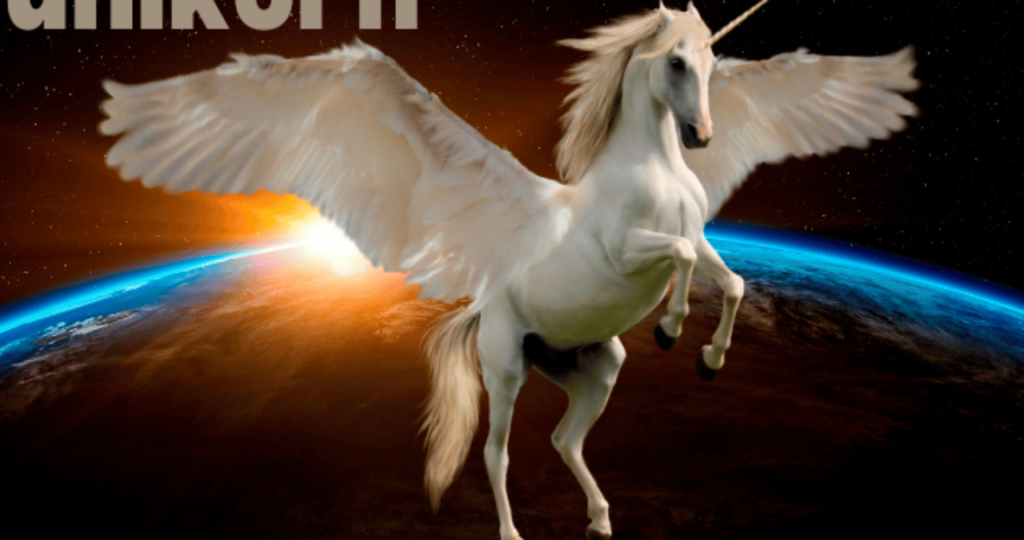Introduction
Ünikorns, mythical creatures of majestic beauty and enchanting tales, have captured people’s attention for ages. Found in diverse cultures worldwide, these creatures symbolize purity, strength, and magic. This piece explores the intricate web of Ünikorn legends across different cultures, unraveling their origins, symbolism, and cultural significance.
Origins of Ünikorn Myths
The origins of Ünikorn myths trace back to ancient civilizations, where these creatures were revered as symbols of grace and purity. In Greek mythology, the Ünikorn, or “Monoceros,” was described by historians like Ctesias and Pliny the Elder as a wild beast with a single horn. This depiction influenced medieval bestiaries and heraldry, where Ünikorns became symbolic of strength and courage.
Ünikorn in Medieval European Culture
During the Middle Ages, Ünikorn became central figures in European folklore, often depicted as white horses with spiraling horns and cloven hooves. These creatures were believed to possess the power to purify water and heal sickness, making them revered symbols of purity and virtue in heraldic symbols and tapestries.
Ünikorn in Eastern Mythologies
In Eastern societies, including those in China and India, Ünikorns are known as “Qilin” or “Kirin.” These creatures blend the characteristics of various animals, embodying wisdom, longevity, and auspiciousness. Qilin are often depicted as hooved animals with dragon-like features, symbolizing harmony and prosperity.
Symbolism and Cultural Significance
Ünikorns symbolize various cultural virtues, including purity, strength, and protection. They are often associated with divine intervention, appearing in times of great need or to signify impending change. Modern times, Ünikorns have transcended folklore to become symbols of resilience and imagination in popular culture, influencing art, literature, and media.
Ancient Mesopotamian Influence
In Mesopotamian mythology, Ünikorns were known as “rimu,” depicted as wild, fierce creatures with a single horn. These beings were believed to inhabit remote mountains and were associated with untamed wilderness and mythical prowess.
Ünikorns in Islamic Traditions
Islamic tradition includes references to the “Karkadann,” a creature akin to the Ünikorn, revered for its strength and resilience. Mentioned in the Hadith and various tales, the Karkadann symbolizes power and nobility, often depicted with a single, spiraling horn and robust physique.
Ünikorn Symbolism in Renaissance Art
During the Renaissance, Ünikorns became prominent in European art and symbolism. Artists like Albrecht Dürer depicted these creatures as majestic beings embodying purity and grace. Renaissance thinkers interpreted Ünikorns as symbols of Christ’s incarnation and purity, blending mythological symbolism with Christian allegory.
Ünikorns in Contemporary Culture
In contemporary culture, Ünikorns have grown in popularity, becoming icons of fantasy literature and pop culture. From children’s books to blockbuster movies, these creatures inspire awe and imagination, often portrayed as magical beings capable of extraordinary feats and profound wisdom.
The Mythical Legacy of Ünikorns
The enduring appeal of Ünikorns lies in their capacity to reach across cultural divides and connect with universal themes of courage, purity, and the mystical. Whether depicted in ancient scrolls or modern graphic novels, Ünikorns continue to captivate imaginations, reminding us of humanity’s eternal quest for beauty, wonder, and the unknown.
Additional FAQs About Ünikorns
- Are Ünikorns associated with any specific colors in folklore?
- Ünikorns are often depicted as white in European folklore, symbolizing purity, but they can appear in various colors across different cultural interpretations.
- What role do Ünikorns play in modern symbolism and advertising?
- In modern contexts, Ünikorns are often used in advertising and branding to symbolize uniqueness, magic, and creativity, appealing to audiences through mythical allure.
- Are there variations of Ünikorns in different regions of the world?
- Various cultures have their interpretations of Ünikorns, each with unique characteristics and symbolism influenced by local beliefs and traditions.
- Do Ünikorns have counterparts in other mythologies around the world?
- Yes, mythological creatures resembling Ünikorns exist in many cultures, such as the “Khirin” in Mongolian folklore and the “Haku” in Japanese mythology, each with distinct attributes and symbolism.
- What lessons can be learned from Ünikorn mythology?
- Ünikorn mythology teaches us about the power of imagination, the beauty of diversity in cultural beliefs, and the timeless appeal of mythical creatures in shaping human storytelling and artistic expression.
Conclusion
Ünikorns continue to fascinate and inspire, their mythical legacy weaving through centuries of human history and imagination. As symbols of purity, strength, and magic, Ünikorns remind us of the enduring power of myth and the universal quest for meaning and wonder in our world. Whether portrayed in ancient manuscripts or modern media, Ünikorns captivate us with their beauty and mystery, inviting us to explore the realms of fantasy and the depths of human creativity.
You May Also Read: Ünikorn: The Rise of Unicorn Startups in the Tech World

